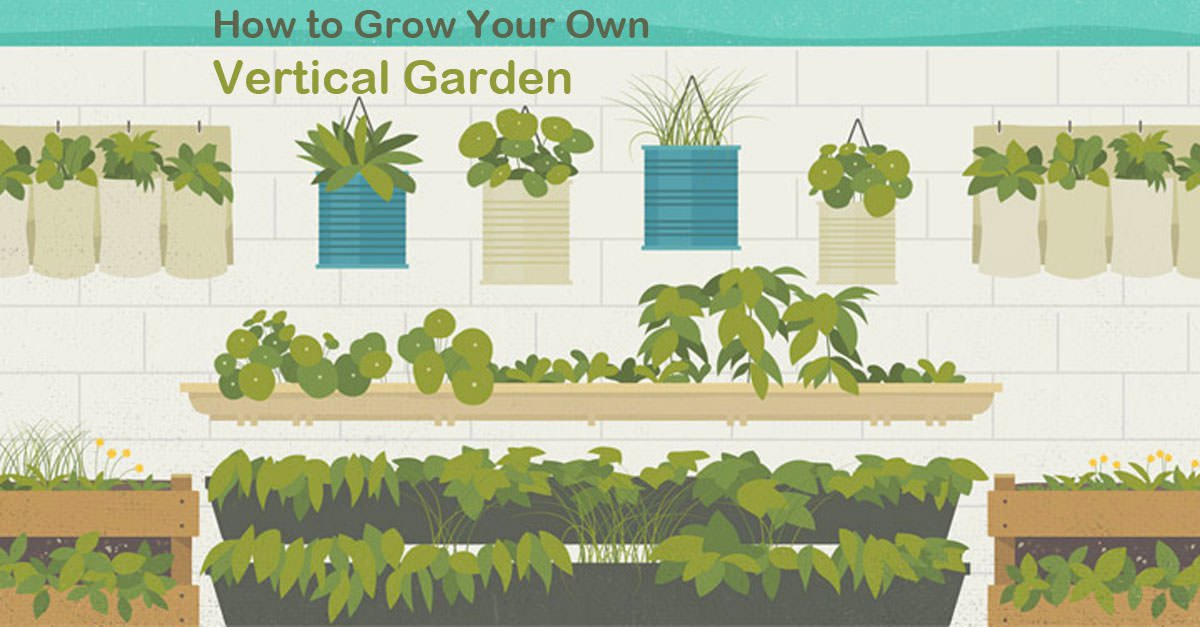From CustomMade.com
Save Space by Growing Up
Want to multiply the number of plants you can grow in a garden or on a patio or deck? Grow up! Vertical gardening, a technique to cultivate plants up surfaces or supports, is the perfect way to squeeze lots of plants into a small space. Growing up, rather than out, offers countless other benefits beyond higher plant yields.
Vertical Veggies
Vegetable gardeners have plenty to gain by adding vertical supports to the garden, including:
- Higher plant yields
- More plant diversity in less space
- Less weeding
- Less bending and squatting
- Easier tending and harvesting
- Plants have better air circulation and access to sunlight, which means fewer diseases and pests
- Better access for pollinators
- Less need for expensive soil and amendments
- Visual intrigue and the ability to hide unsightly views
Some edibles work better in a vertical garden than others. Look for vining plants instead of bush types. The following are excellent choices:
- Pole beans
- Peas
- Hops
- Cucumbers
- Vining summer squash or gourds
- Grapes
- Nasturtiums
- Tomatoes: Choose vining varieties, such as Early Girl or Brandywine for trellises. Bush varieties, such as Roma, work best in cages.
- Small melons
With a plan, careful pruning, and some patience, fruit trees can be trained to grow up a flat surface or support, a process called espaliering. Common choices include pear, apple, peach, fig, and pomegranate trees. A horizontal espalier pattern works well for fruit trees. Mature forms can produce 30 to 60 pounds of fruit per season.
The ABCs of Garden Supports
Garden supports can be purchased at any garden supply shop. DIY enthusiasts can fashion them out of reclaimed materials such as bamboo, baling twine, untreated wood, netting, fencing, gates, chicken wire, a discarded bed frame, or a ladder.



